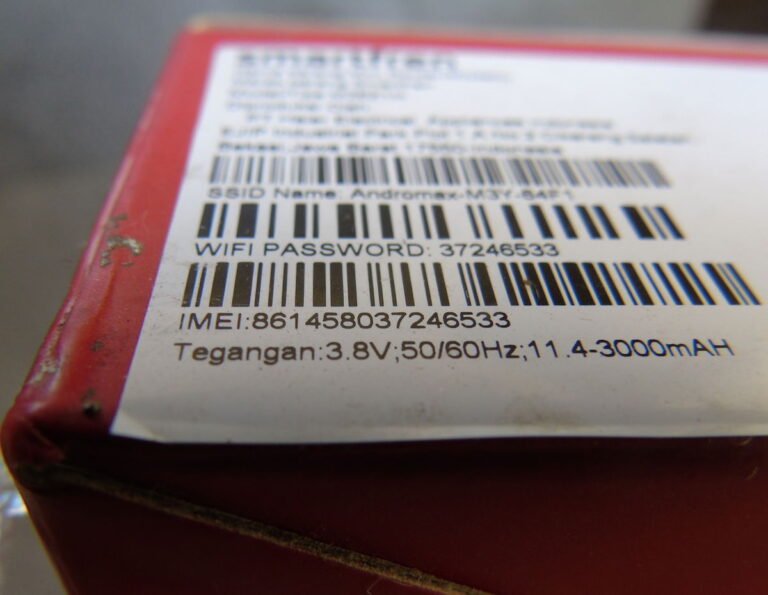
Will Tesla’s Robotaxi revolutionize transport or open a Pandora’s box of AI risks we’re not ready to face? Photo by Shutterstock.
It’s not sci-fi anymore, self-driving cars are no longer a fantasy, and Elon Musk is determined to make them happen. His visionary company Tesla, which sells everything from solar panels to mega-scale batteries to electric vehicles, is entering a bold new phase: autonomous vehicles. A once nearly broke company in 2012 with the release of the Model S, Tesla is now one of the most influential companies in the world. But how did this happen? And what does the future hold?
Tesla might seem like just another car manufacturer, but it’s likely quietly developing the largest real-world AI project on Earth. With the upcoming Robotaxi, officially teased on social media, the company is not just changing how we drive, but possibly how we live, work, and travel.
From Concept to Reality
While Tesla’s Robotaxi has not yet hit the streets, Elon Musk stoked anticipation with a tweet on June 11, 2025:
“We are being super paranoid about safety, so the date could shift. First Tesla that drives itself from factory end of line all the way to a customer house is June 28,” wrote Musk on X.
The model in question, named the Cybercab, is still under internal testing, primarily among Tesla employees. Though not yet in public circulation, the company aims to begin limited real-world trials soon, assuming security concerns can be addressed.
The long-term plan? Mass-produce the Cybercab by 2027 with no steering wheel or pedals, and sell it for around $30,000. Tesla’s ambition is to create a driverless ride-hailing network where customers summon cars with an app, no human driver required.
The Largest AI Project in Disguise?
What sets Tesla apart is its data-centric approach. Every Tesla already on the road is training the company’s neural networks, making each car a node in a global AI experiment. This vast, decentralized fleet is feeding data to what Musk hopes will become the most advanced self-driving system in existence.
Unlike competitors using expensive LiDAR systems, Tesla relies on camera vision and AI. But with this software-first approach comes complexity and risk.
Security: The Risks Beneath the Surface
Behind the promises lie critical safety and cybersecurity challenges. Experts warn that autonomous vehicles could be exploited in the following ways:
- Remote hacking — Previous research has shown connected vehicles can be hijacked, steering and brakes included.
- Sensor deception — Adversarial tricks like modified street signs can fool visual systems into unsafe behaviour.
- Weaponisation or criminal misuse — The UN has even warned that self-driving vehicles could be repurposed for terrorist acts if not tightly secured.
Tesla has responded by emphasizing security precautions, but critics argue that full-scale deployment remains premature without industry-wide safeguards.
Data, Privacy, and Power
Robotaxis will capture enormous volumes of real-time data: passenger movements, in-car conversations, facial recognition, and driving patterns. With unclear regulation, questions arise:
- Who owns this data?
- How will it be used?
- Can it be misused or shared without consent?
In regions like the EU, lawmakers are pushing for stronger AI regulation and privacy controls. In contrast, the US regulatory landscape remains patchy, leaving much of the responsibility to companies like Tesla.
Where We Are and What’s Next
As of now, Tesla’s Robotaxi remains in the pre-launch stage. No fully autonomous Tesla has yet driven from factory to customer, but if Musk’s June 28 goal is met, it will mark a symbolic step forward. He envisions fleets of self-driving Teslas working while you sleep, earning passive income for owners, reducing traffic deaths, and transforming urban landscapes.
Still, that date is not set in stone. As Musk made clear, “we are being super paranoid about safety.” And with good reason: the road to autonomy is lined not just with opportunity, but with liability, surveillance concerns, and unknown edge cases.
Will Tesla’s Robotaxi revolutionize transport or open a Pandora’s box of AI risks we’re not ready to face?
We’ll find out soon.







